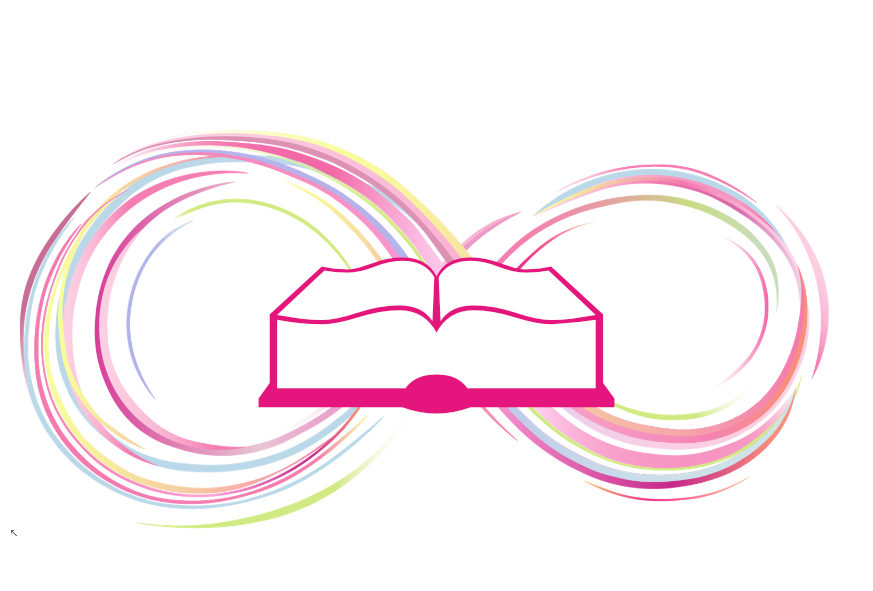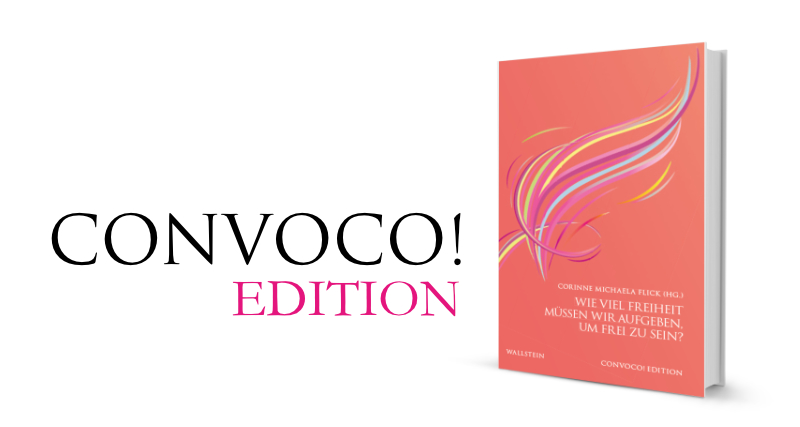Nachstehend finden Sie die neuen Leseempfehlungen unserer CONVOCO! Denker:innen – lassen Sie sich inspirieren.

The Master and Margarita (1967) by Michail Bulgakow
Pale Fire (1962) by Vladimir Nabokov

Justice and the Politics of Difference (1990) by Iris Marion Young
The Hotel Years. Wanderings in Europe Between the Wars (2015) by Joseph Roth
A Fine Balance (1996) by Rohinton Mistry

Tunnel 29. Love, Espionage and Betrayal: The True Story of an Extraordinary Escape Beneath the Berlin Wall (2021) by Helena Merriman
The Journey of Humanity: The Origins of Wealth and Inequality (2022) by Oded Galor

The Argumentative Indian. Writings on Indian History, Culture and Identity (2005) by Amartya Sen
The Warmth of Other Suns. The Epic Story of America’s Great Migration (2010) by Isabel Wilkerson
The Sea (2005) by John Banville
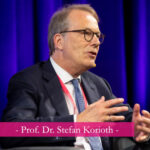
The Code of Capital: How the Law Creates Wealth and Inequality (2019) by Katharina Pistor
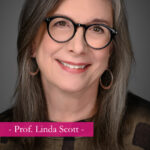
Sex and World Peace (2014) by Valerie Hudson et al.
Delusions of Gender. The Real Science Behind Sex Difference (2011) by Cordelia Fine
Unsichtbare Frauen. Wie eine von Daten beherrschte Welt die Hälfte der Bevölkerung ignoriert (2020) by Caroline Criado Perez

Vernon Subutex 1 (2018) by Virginie Despentes.
The Order of Time (2018) by Carlo Rovelli

Otherlands: A World in the Making (2022) by Thomas Halliday
The Etymologicon (2011) by Mark Forsyth
An incredibly fun ride through the world of English etymology. Written as a kind of stream-of-consciousness, Forsyth jumps from word to word to explain their often absurd and hilarious origins.
Island of the Lost (2007) by Jane Druett
In 1864, two ships were wrecked almost simultaneously at opposite ends of the desolate Auckland Island in the Subantarctic. Drawing on survivors’ memoirs and historical records, Jane Druett retells the story of their crews as they fight for survival, unaware of each other’s presence. Whereas one crew quickly organizes itself to plan their escape, the other slips into chaos and violence. By telling the stories of these two groups of men in parallel, Island of the Lost provides a captivating tale of human nature, collective spirit, and individual leadership.
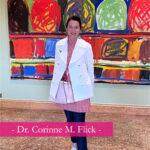
C! Edition: How much freedom must we forgo to be free? (2022) by Corinne M. Flick (Ed.)
The Waste Land (1922) by T.S. Eliot

